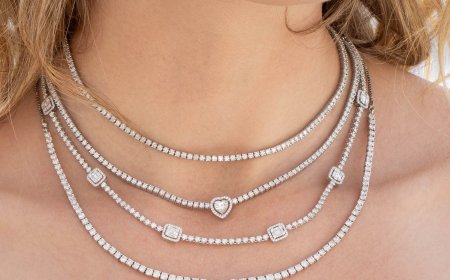Shops Like Wet Seal: Where to Find Trendy Affordable Fashion
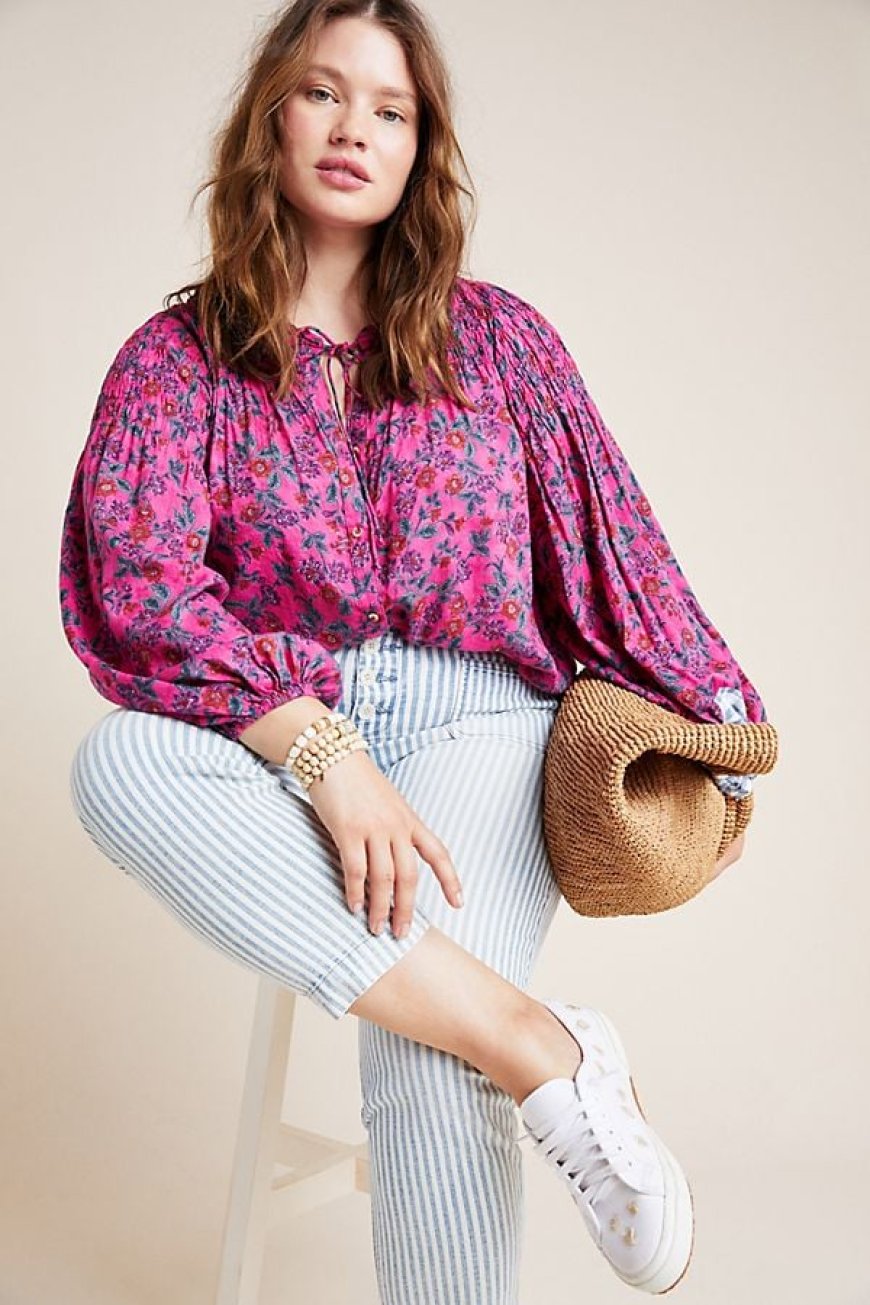
In the dynamic landscape of fashion retail, affordability and trendiness often seem to exist on opposite ends of a spectrum. For consumers, particularly those seeking stylish yet budget-friendly options, finding the right shopping destination can prove to be a daunting challenge. The closure of Wet Seal, a popular retail chain known for its chic and youthful clothing, has left a void in the marketplace. However, this closure presents an opportunity to explore alternative retailers that promise both trendy selections and accessible prices. The following discourse will unveil a variety of shops that emulate the essence of Wet Seal while offering unique advantages.
Understanding the interplay of style and economics is essential in today’s fashion paradigm. Beyond mere clothing, fashion serves as a vital form of self-expression. It communicates identity, lifestyle, and ethos. Consequently, where one chooses to shop can influence not only personal aesthetics but also broader perceptions of social status and cultural engagement. This article will delve into a variety of options, illustrating how contemporary retailers are catering to a fashion-conscious audience without the prohibitive price tags often associated with high-end boutiques.
Revisiting Vintage Vibes: Thrift and Consignment Stores
One of the most compelling alternatives to traditional retail chains is the expansive world of thrift and consignment stores. These establishments offer a treasure trove of pre-loved garments, often at a fraction of their original price. Shopping at thrift stores not only allows for economical choices but also supports sustainable practices, thereby reducing textile waste. Locations such as Goodwill and The Salvation Army are notable for their extensive selections, catering to diverse tastes while championing ethical consumption.
The thrill of thrift lies in the serendipitous discoveries encountered on the racks: from unique vintage apparel to eclectic accessories that can dramatically enhance any ensemble. While it is true that shopping thrift often requires more time and patience, the rewards are manifold—consumers can uncover one-of-a-kind items that reflect their individuality and sense of style.
Furthermore, embracing the genre of 'vintage' has never been more fashionable. Stores that specialize in second-hand fashion, such as Crossroads Trading Co. and Plato’s Closet, curate collections that appeal to modern sensibilities. These shops selectively stock items that are not only on-trend but also resonate with a historical aesthetic. Thus, they serve a dual purpose: appealing to consumers who seek both novelty and nostalgia.
Fast Fashion Frugality: Chains with Competitive Offerings
In the realm of accessible fashion, several retail chains have emerged as front-runners, effectively filling the gap left by Wet Seal. Brands such as Forever 21, H&M, and Zara offer a staggering array of trendy apparel that captures the zeitgeist while remaining budget-friendly. These retailers excel in producing garments that closely mimic high-fashion designs, allowing consumers to partake in current trends without financial burden.
Forever 21, in particular, has cultivated a reputation for its youthful, vibrant collections that embody a playful spirit. Its offerings span an impressive spectrum, from casual everyday wear to more sophisticated evening attire. The brand’s utilization of social media platforms further amplifies its reach, engaging a youthful demographic that craves immediate access to fashion updates.
H&M, on the other hand, highlights its commitment to sustainability through initiatives like the Conscious Collection, which utilizes eco-friendly materials. This strategy positions the brand as not only a purveyor of affordable attire but also as a responsible corporate citizen, appealing to the growing consumer base that prioritizes environmental considerations in their purchasing decisions.
With Zara’s agile supply chain, the retailer boasts an ever-evolving inventory that frequently updates to reflect the latest fashion trends. This responsiveness ensures that customers have access to contemporary styles, all while imbued with the potential for long-lasting appeal. The allure of these stores lies in their ability to offer chic options that cater to a diverse clientele, transcending age demographics and personal styles.
Online Escapades: Digital Retailers Reshaping Fashion
In an era defined by technological advancements, online shopping has irrevocably altered the fashion landscape. E-commerce giants such as ASOS and Boohoo have revolutionized the access to fashionable clothing, providing an array of trendy options without the necessity of visiting a physical store.
ASOS, widely recognized as a leader in online fashion retail, offers an extensive selection that caters to various styles, sizes, and demographics. Its commitment to inclusivity, as seen in its comprehensive range of plus-size clothing, enhances its appeal further. Through savvy marketing strategies and influencer partnerships, ASOS manages to remain at the forefront of contemporary fashion trends, while ensuring affordability.
Boohoo thrives on its fast-fashion model, targeting younger consumers with rapid inventory turnover and edgy collections. The brand's frequent promotions and discounts create an accessible gateway to trendy pieces that resonate with style-savvy individuals. Moreover, Boohoo's commitment to diversity is evident in its extensive range of clothing sizes and styles, ensuring that shoppers of all body types can find fashionable options.
Embracing Independent Designers: The Rise of Boutique Shops
As the fast-fashion industry becomes increasingly scrutinized for its environmental impact and ethical practices, there has been a notable resurgence in support for independent designers and boutique shops. These entities often prioritize quality over quantity and emphasize craftsmanship, sustainability, and ethical sourcing in their offerings.
Platforms such as Etsy and Shoptiques provide a unique avenue for consumers to explore one-of-a-kind pieces created by independent designers. They offer fashions that reflect personal creativity and artistry rather than mass production. Shoppers seeking distinctive items discover garments that carry stories, elevating them beyond mere clothing. The rise of such boutiques represents a paradigm shift in consumer behavior towards valuing authenticity and individual expression.
Local brick-and-mortar boutiques also play an essential role in this shift, providing curated selections that often reflect regional styles and tastes. Supporting these shops not only fosters community engagement but also encourages the retention of local artisans and craftspeople, thereby promoting economic sustainability.
Conclusion: The Evolving Fashion Landscape
The closure of retailers like Wet Seal may have momentarily disrupted the availability of affordable, trendy fashion, but it has concurrently paved the way for an exciting array of alternatives. As consumers navigate this evolving landscape, the choice of where to shop can illuminate pathways towards self-expression while reinforcing values of sustainability, inclusivity, and ethical consumption. Armed with the knowledge of diverse shopping avenues—from thrift stores to online retailers and independent boutiques—customers can reclaim their fashion choices with confidence, discovering styles that resonate with their individual narratives and social consciousness.
What's Your Reaction?
 Like
0
Like
0
 Dislike
0
Dislike
0
 Love
0
Love
0
 Funny
0
Funny
0
 Angry
0
Angry
0
 Sad
0
Sad
0
 Wow
0
Wow
0
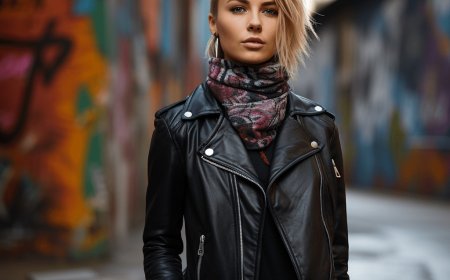

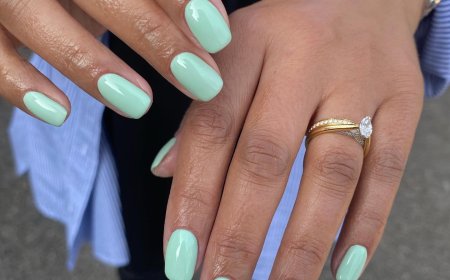
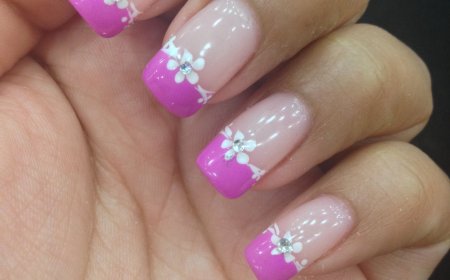

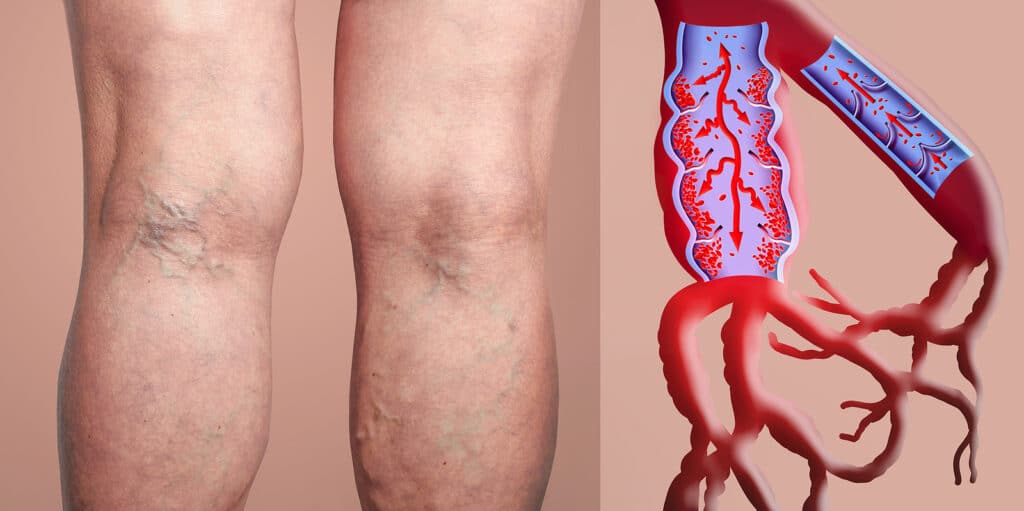
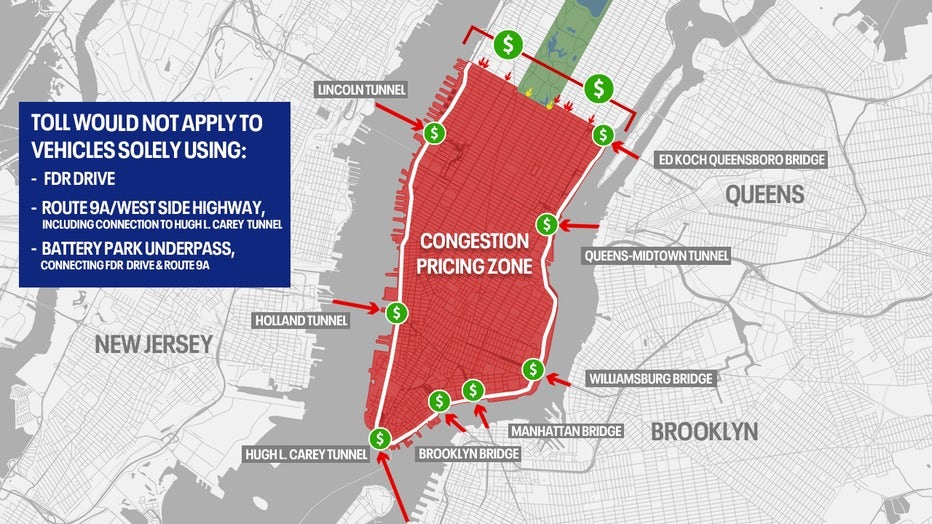


:max_bytes(150000):strip_icc()/drugstore-retinol-creams-tout-f76b9d2796e34eaa8376801c83fb1888.jpg)






